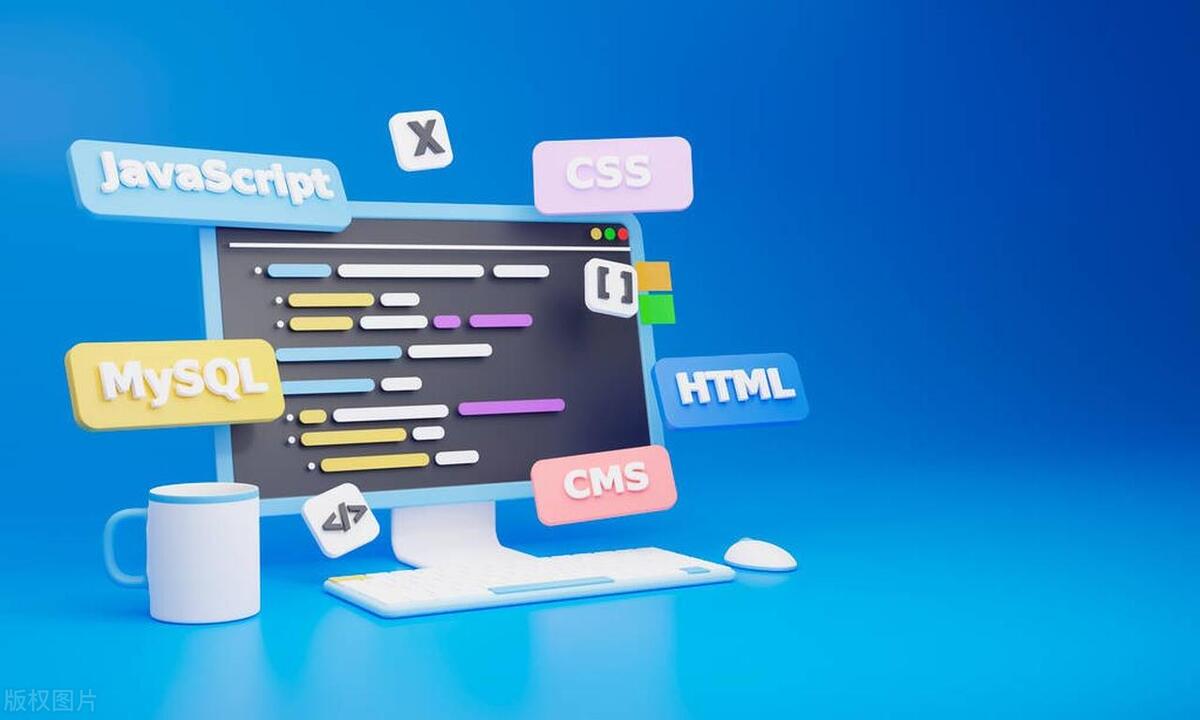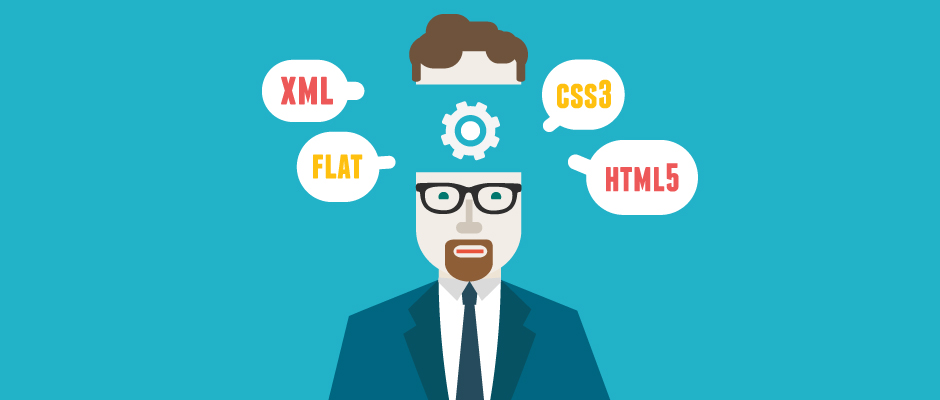The headless UI library is a component library that only provides functional logic and does not have style code, suitable for projects that require highly customized designs. It allows developers to take full control of styles, reduce style conflicts, improve performance, and have good accessibility support. Common libraries include Headless UI, Reach UI, and Aria-React, which is especially suitable for teams with existing design systems or prioritized frameworks for CSS tools such as Tailwind. When using it, you need to pay attention to the learning curve, the style is fully manual, the dependency document review and debugging are of high complexity. It is recommended to start with simple functions and gradually master them in-depth.

Using headless UI libraries for front-end development is actually to focus on logic and interaction construction without ready-made component styles. The advantage is that it has high freedom and strong customization, which is suitable for projects with specific design needs.

What is a headless UI library?
Simply put, the headless UI library is a component library that only provides functional logic and does not have any style code. For example, if you use it to make a drop-down menu, it will help you handle click-expanding and keyboard navigation, but the appearance must be controlled by writing CSS yourself.
Some common headless libraries include:

- Headless UI (produced by the Tailwind team)
- Reach UI
- Aria-React
This library is especially suitable for teams who already have a design system or use tools like Tailwind to prioritize CSS frameworks.
Why choose a headless UI?
The main advantages are several aspects:

- Complete control over style : You can design each component according to your own brand style, rather than being restricted by the default theme.
- Reduce style conflicts : The CSS that comes with the traditional component library often fights with existing styles in the project, while the headless library is only responsible for JS behavior, which avoids this problem.
- Lighter weight : Because there is no style injection, the overall packaging volume will be smaller.
- Better accessibility support : Most headless libraries have A11Y in mind when designing, and many interaction details are handled for you.
If your project requires high visual consistency and does not want to spend time implementing interactive logic from scratch, then headless UI is a very suitable choice.
How to start using headless UI?
Take Menu component of the Headless UI as an example, it is usually used to implement a custom style drop-down menu. The basic structure is roughly like this:
import { Menu } from '@headlessui/react'
function Dropdown() {
Return (
<Menu>
<Menu.Button>Options</Menu.Button>
<Menu.Items>
<Menu.Item as="a" href="#one">Option One</Menu.Item>
<Menu.Item as="a" href="#two">Option 2</Menu.Item>
</Menu.Items>
</Menu>
)
}The key point is:
- All child components can be replaced with the tag you want by
asattribute, such as<button></button>or<a></a>. - State changes can be controlled through built-in props such as
activeandopen. - The style depends entirely on writing it yourself. For example, if the menu pop-up layer is displayed under the button, you need to add
absolutepositioning andz-index.
You may be a little uncomfortable at first because you have to pay attention to both structure and style, but once you get familiar with it, the development efficiency is actually quite high.
Things to note
There are also some pitfalls to note when using headless libraries:
- The learning curve is slightly steep : unlike ordinary components that are “ready to use”, you need to understand its state management and API structure.
- The style must be written by yourself : including focus state, hover effect, animation transition, etc., and you cannot be lazy.
- You need to read the document several times : many details are hidden in the document, such as how to deal with keyboard navigation, accessibility attributes, etc.
- Debugging may be more difficult : because there is no visual component reference, sometimes it is not easy to see the reason for interaction problems at a glance.
The recommended approach is: first choose a small function to practice, such as making a custom toggle button or pop-up window, and then gradually apply it to complex components.
Basically that's it. The headless UI is not complicated, but it is easy to ignore details, especially the part that deals with styles. As long as you master the basic mode, it will be very easy to use later.
The above is the detailed content of Frontend Development with Headless UI Libraries. For more information, please follow other related articles on the PHP Chinese website!

Hot AI Tools

Undress AI Tool
Undress images for free

Undresser.AI Undress
AI-powered app for creating realistic nude photos

AI Clothes Remover
Online AI tool for removing clothes from photos.

Clothoff.io
AI clothes remover

Video Face Swap
Swap faces in any video effortlessly with our completely free AI face swap tool!

Hot Article

Hot Tools

Notepad++7.3.1
Easy-to-use and free code editor

SublimeText3 Chinese version
Chinese version, very easy to use

Zend Studio 13.0.1
Powerful PHP integrated development environment

Dreamweaver CS6
Visual web development tools

SublimeText3 Mac version
God-level code editing software (SublimeText3)
 How does React handle focus management and accessibility?
Jul 08, 2025 am 02:34 AM
How does React handle focus management and accessibility?
Jul 08, 2025 am 02:34 AM
React itself does not directly manage focus or accessibility, but provides tools to effectively deal with these issues. 1. Use Refs to programmatically manage focus, such as setting element focus through useRef; 2. Use ARIA attributes to improve accessibility, such as defining the structure and state of tab components; 3. Pay attention to keyboard navigation to ensure that the focus logic in components such as modal boxes is clear; 4. Try to use native HTML elements to reduce the workload and error risk of custom implementation; 5. React assists accessibility by controlling the DOM and adding ARIA attributes, but the correct use still depends on developers.
 Server-Side Rendering with Next.js Explained
Jul 23, 2025 am 01:39 AM
Server-Side Rendering with Next.js Explained
Jul 23, 2025 am 01:39 AM
Server-siderendering(SSR)inNext.jsgeneratesHTMLontheserverforeachrequest,improvingperformanceandSEO.1.SSRisidealfordynamiccontentthatchangesfrequently,suchasuserdashboards.2.ItusesgetServerSidePropstofetchdataperrequestandpassittothecomponent.3.UseSS
 A Deep Dive into WebAssembly (WASM) for Front-End Developers
Jul 27, 2025 am 12:32 AM
A Deep Dive into WebAssembly (WASM) for Front-End Developers
Jul 27, 2025 am 12:32 AM
WebAssembly(WASM)isagame-changerforfront-enddevelopersseekinghigh-performancewebapplications.1.WASMisabinaryinstructionformatthatrunsatnear-nativespeed,enablinglanguageslikeRust,C ,andGotoexecuteinthebrowser.2.ItcomplementsJavaScriptratherthanreplac
 How to manage component state using immutable updates in React?
Jul 10, 2025 pm 12:57 PM
How to manage component state using immutable updates in React?
Jul 10, 2025 pm 12:57 PM
Immutable updates are crucial in React because it ensures that state changes can be detected correctly, triggering component re-rendering and avoiding side effects. Directly modifying state, such as push or assignment, will cause React to be unable to detect changes. The correct way to do this is to create new objects instead of old objects, such as updating an array or object using the expand operator. For nested structures, you need to copy layer by layer and modify only the target part, such as using multiple expansion operators to deal with deep attributes. Common operations include updating array elements with maps, deleting elements with filters, adding elements with slices or expansion. Tool libraries such as Immer can simplify the process, allowing "seemingly" to modify the original state but generate new copies, but increase project complexity. Key tips include each
 Security Headers for Frontend Applications
Jul 18, 2025 am 03:30 AM
Security Headers for Frontend Applications
Jul 18, 2025 am 03:30 AM
Front-end applications should set security headers to improve security, including: 1. Configure basic security headers such as CSP to prevent XSS, X-Content-Type-Options to prevent MIME guessing, X-Frame-Options to prevent click hijacking, X-XSS-Protection to disable old filters, HSTS to force HTTPS; 2. CSP settings should avoid using unsafe-inline and unsafe-eval, use nonce or hash and enable reporting mode testing; 3. HTTPS-related headers include HSTS automatic upgrade request and Referrer-Policy to control Referer; 4. Other recommended headers such as Permis
 What are custom data attributes (data-*)?
Jul 10, 2025 pm 01:27 PM
What are custom data attributes (data-*)?
Jul 10, 2025 pm 01:27 PM
The data-* attribute is used in HTML to store additional data, and its advantages include that the data is closely related to elements and comply with HTML5 standards. 1. When using it, name it starts with data-, such as data-product-id; 2. It can be accessed through JavaScript's getAttribute or dataset; 3. Best practices include avoiding sensitive information, reasonable naming, paying attention to performance and not replacing state management.
 Applying CSS Styles to Scalable Vector Graphics (SVG)
Jul 10, 2025 am 11:47 AM
Applying CSS Styles to Scalable Vector Graphics (SVG)
Jul 10, 2025 am 11:47 AM
To style SVGs using CSS, you first need to embed SVGs inline into HTML for fine control. 1. Inline SVG allows its internal elements such as or to be directly selected through CSS and to apply styles, while external SVG only supports global styles such as width and height or filters. 2. Use regular CSS syntax such as .class:hover to achieve interactive effects, but use fill instead of color to control the color, and use stroke and stroke-width to control the outline. 3. Use class names to organize styles to avoid duplication and pay attention to naming conflicts and scope management. 4. The SVG style may be inherited from the page, and can be reset through svg*{fill:none;stroke:none;} to avoid
 How to add a favicon to a website?
Jul 09, 2025 am 02:21 AM
How to add a favicon to a website?
Jul 09, 2025 am 02:21 AM
Adding website Favicon requires preparing icon files, placing the correct path and quoting them. 1. Prepare multi-size .ico or .png icons, which can be generated by online tools; 2. Put favicon.ico in the website root directory; 3. If you need to customize the path or support more devices, you need to add a link tag reference in the HTMLhead; 4. Clear the cache or use the tool to check whether it is effective.






